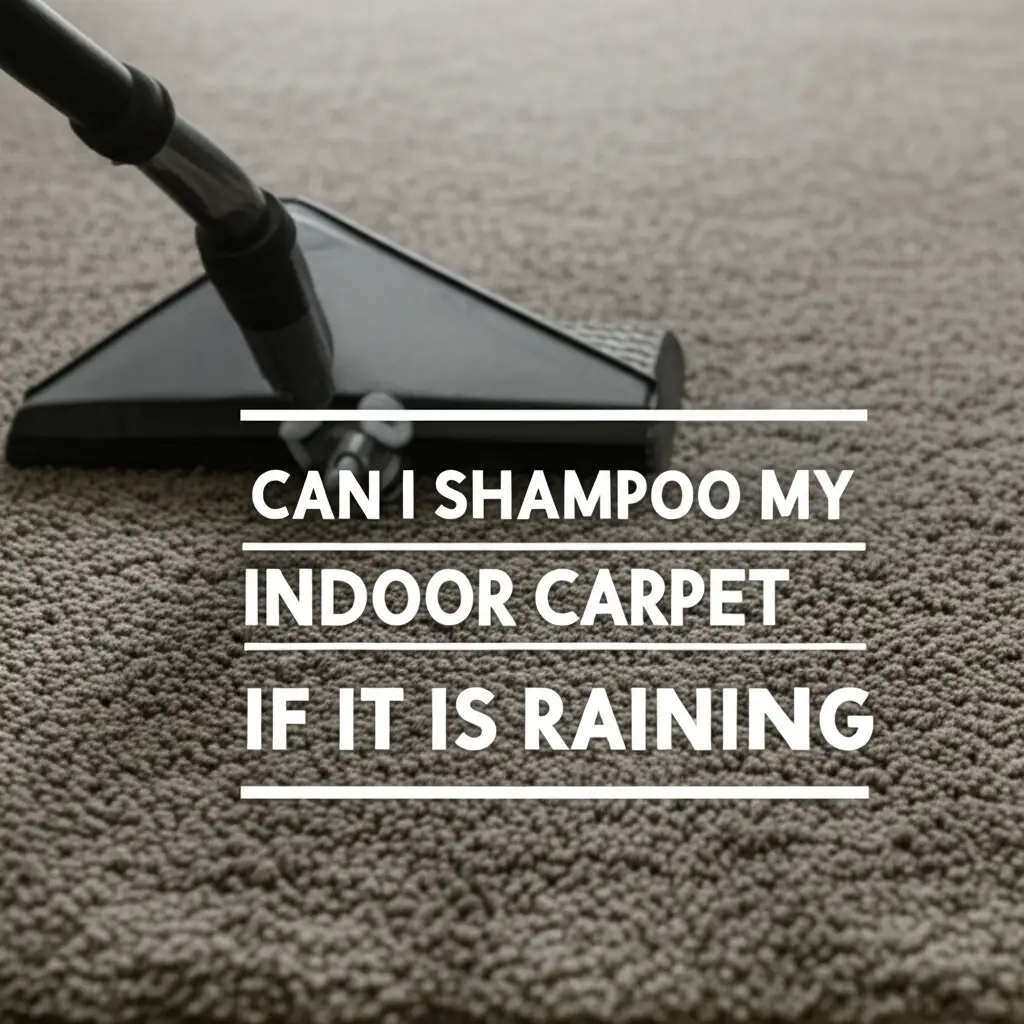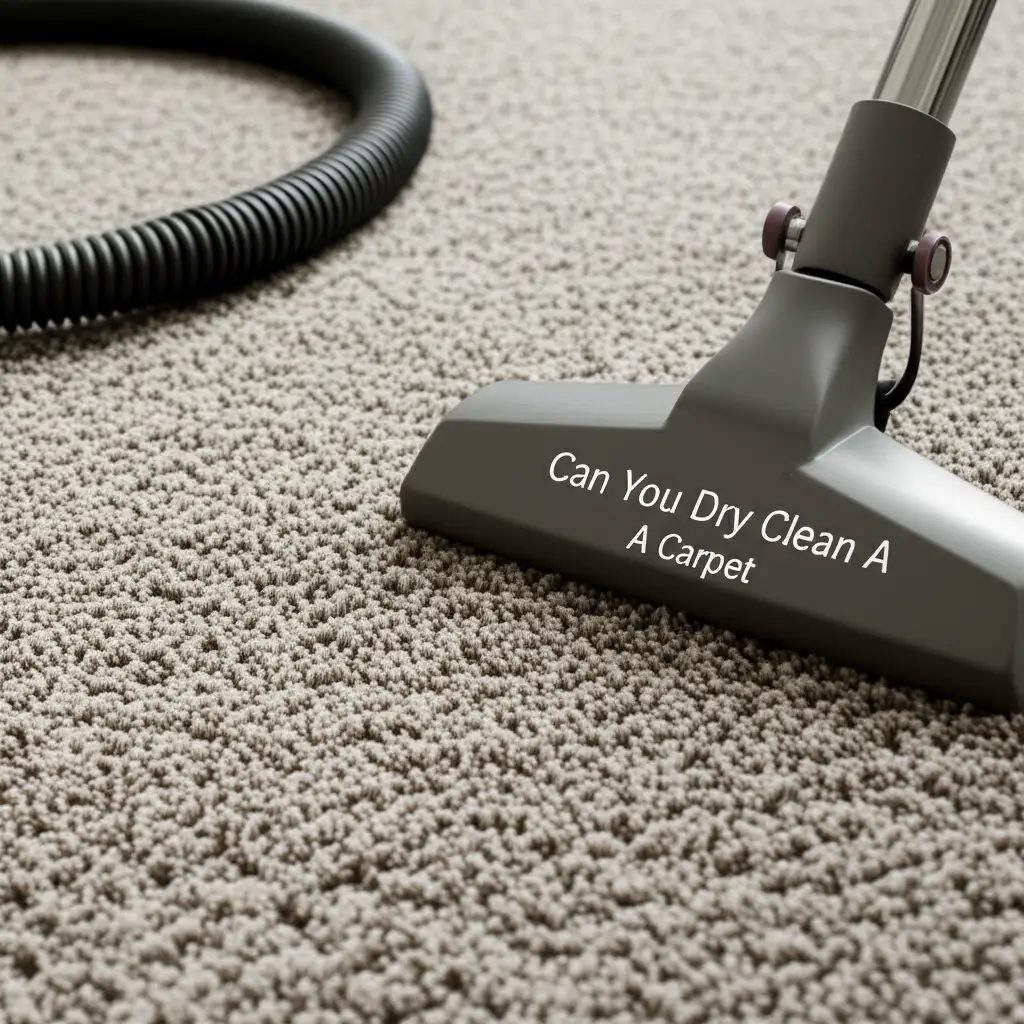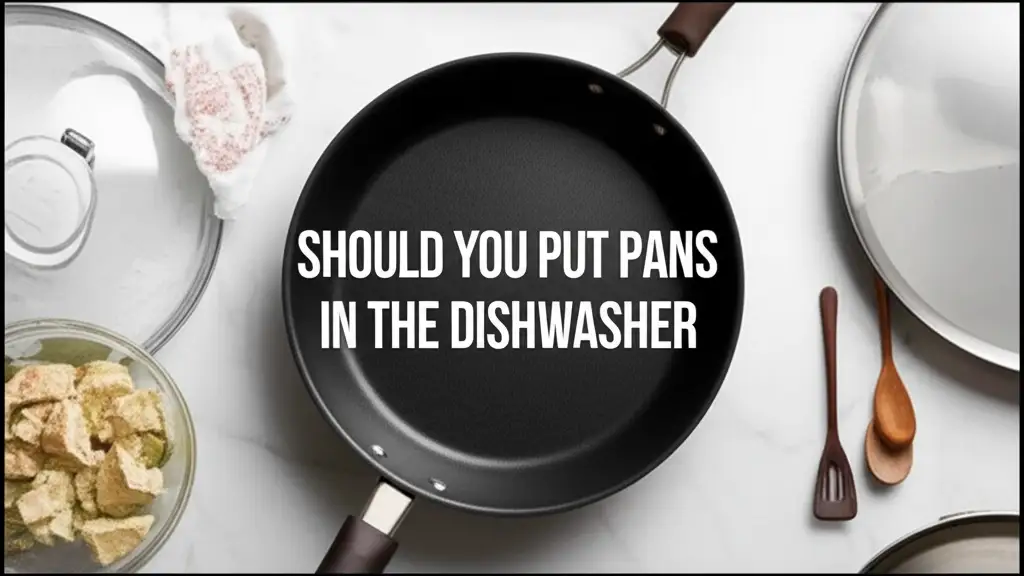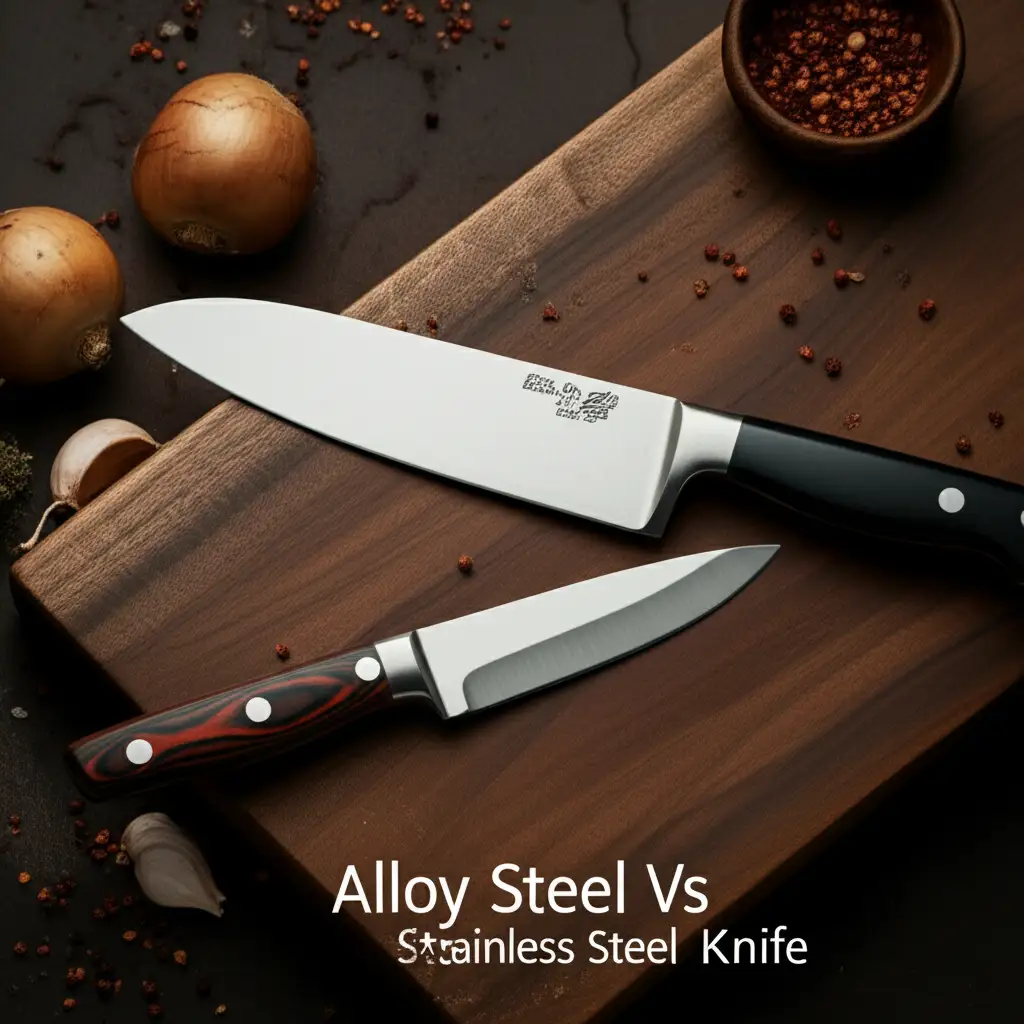· Elira Thomsen · Home Improvement, Plumbing, DIY · 19 min read
Abs Vs Pvc Shower Drain
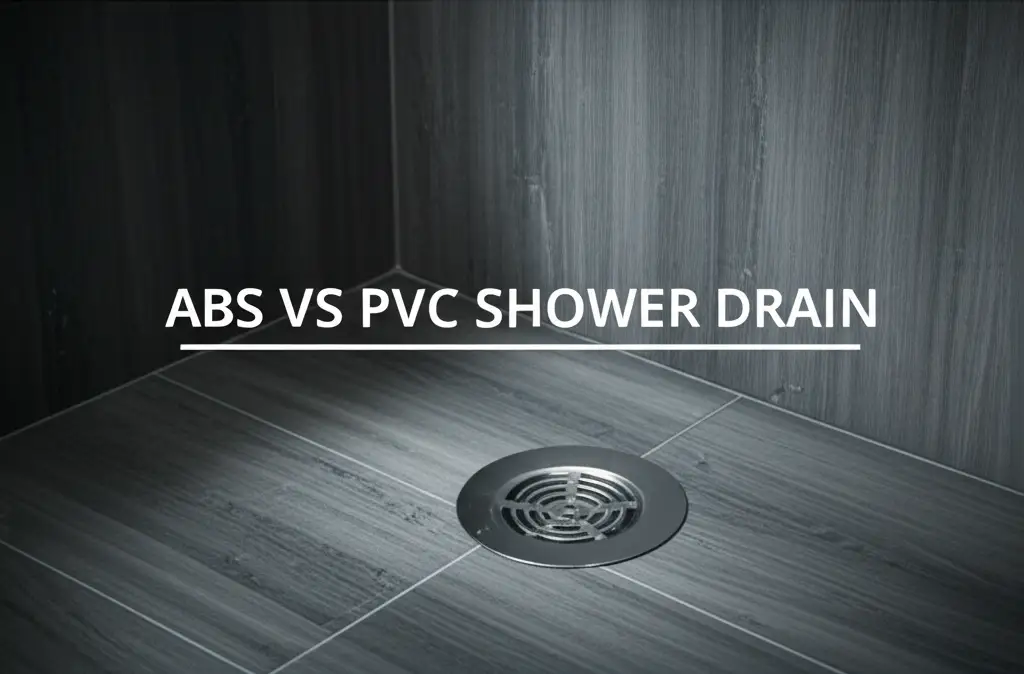
Choose the Best Shower Drain: ABS vs PVC
Starting a bathroom renovation often brings many decisions. One important choice involves your plumbing materials. Specifically, you need to pick the right material for your shower drain. This decision affects durability, installation ease, and long-term performance. We often see two main options: ABS and PVC pipes.
Understanding the pros and cons of Abs Vs Pvc Shower Drain pipes is important. Each material has unique properties. They suit different needs and building codes. This article will explore both ABS and PVC. We will discuss their characteristics, benefits, and drawbacks. Our goal is to help you select the ideal drain pipe for your home project.
Takeaway:
- ABS is simpler to install with one-step cement. It works well for drain, waste, and vent (DWV) systems.
- PVC offers better resistance to pressure and many chemicals. It requires primer and cement for proper joining.
- Always check local building codes before choosing. Your project needs to follow these rules.
- Both materials provide durable drainage solutions. Your specific needs determine the best fit.
Choosing between ABS and PVC for your shower drain depends on several factors. ABS is simpler to install for DWV systems. PVC offers more flexibility and resistance to pressure. Both are good choices; the best one fits your specific project needs and local building codes.
Understanding ABS Pipe for Shower Drains
ABS pipe, or Acrylonitrile Butadiene Styrene, is a common material in plumbing. People use it often for drain, waste, and vent (DWV) systems. This material is a thermoplastic polymer. It is known for its high impact resistance.
ABS pipes handle very cold temperatures well. They resist cracking even in freezing conditions. This makes them a good choice for plumbing in unheated areas. ABS pipes are also quite rigid. This rigidity means they do not sag easily between supports.
Installing ABS pipe is simple. You use a single solvent cement. This cement bonds the pipe and fitting quickly. There is no need for a primer before applying the cement. This speeds up the installation process.
ABS material creates a strong, lasting bond. This bond resists leaks effectively. Many older homes have ABS piping. It has proven its durability over decades of use.
Advantages of ABS Drains
ABS pipes offer several benefits for shower drain applications. First, installation is very quick. You only need one type of cement. This saves time and effort during your project. Second, ABS performs well in low temperatures. It will not become brittle or crack when cold. This is good for pipes that might be in unheated spaces.
Third, the material is very impact resistant. It can handle bumps or drops during installation. Fourth, ABS is rigid. This means it holds its shape well. It does not require as many supports as some other materials. This rigidity helps maintain proper slope for drainage.
Finally, ABS pipes are generally quieter than PVC. Water flowing through them creates less noise. This can be a benefit in quiet living spaces. Many homeowners appreciate this feature.
- Fast Installation: Uses a single, quick-drying cement. No primer needed.
- Cold Resistance: Stays strong in freezing temperatures. Prevents cracks.
- High Impact Strength: Resists damage from physical shocks.
- Rigid Structure: Maintains shape, needs fewer supports. Helps with proper slope.
- Sound Dampening: Quieter water flow compared to PVC.
Disadvantages of ABS Drains
While ABS has benefits, it also has some drawbacks. One main issue is its lack of UV resistance. Sunlight can degrade ABS over time. This makes it unsuitable for outdoor use or areas exposed to direct sun. If you use it outside, you must paint it or protect it.
Another limitation is its chemical resistance. ABS cannot handle certain chemicals. Acetone, for example, will melt ABS. Some household cleaners contain harsh chemicals. These can damage ABS pipes. Always check cleaner labels before use.
ABS pipes also become less rigid at higher temperatures. Very hot water can soften them. This might cause sagging or deformation. However, this is usually only a concern with extremely hot, continuous water flow. Most shower water temperatures are fine.
Local building codes may limit ABS use. Some areas prefer PVC. Always check your local regulations before buying. You can prevent project delays.
- UV Sensitivity: Direct sunlight degrades the material. Requires protection outdoors.
- Chemical Vulnerability: Certain solvents and cleaners can damage it.
- Heat Sensitivity: Softens at high temperatures, potentially causing sagging.
- Code Restrictions: Not allowed in all regions for all uses. Check local rules.
Exploring PVC Pipe for Shower Drains
PVC pipe, or Polyvinyl Chloride, is another very popular plumbing material. It is widely used in residential and commercial buildings. PVC is a strong, lightweight plastic. It handles both pressurized water and drainage well. This versatility makes it a favorite among plumbers.
PVC pipes come in various schedules. Schedule 40 is common for household drainage. Schedule 80 is thicker and handles higher pressure. This range allows for many applications. PVC is also very smooth on the inside. This smooth surface helps water flow efficiently. It also reduces the buildup of debris inside the pipe.
Installation of PVC involves two steps. You first apply a primer to the pipe and fitting. Then you apply solvent cement. The primer cleans the surfaces and softens the plastic. This creates a stronger chemical bond. The two-step process takes a bit more time than ABS. However, it forms a very secure connection.
PVC is known for its good chemical resistance. It stands up to many acids and bases. This makes it safe for most household chemicals. You will often find PVC in municipal water supply lines. This shows its reliability.
Benefits of PVC Drains
PVC pipes offer many advantages for shower drains. First, they are highly versatile. You can use them for drain, waste, vent, and even pressurized water lines. This flexibility simplifies plumbing projects. Second, PVC has excellent chemical resistance. It stands up to a wide range of corrosive substances. This includes many household cleaners and chemicals.
Third, PVC is very durable. It resists corrosion and rust. This means a long lifespan for your drainage system. Many PVC installations last for decades. Fourth, it is less expensive than metal pipes. This makes it a cost-effective choice for plumbing. You can save money on materials.
PVC pipes are also easier to cut and work with than metal. They are lightweight, which helps during installation. Their smooth interior surface helps prevent clogs. Water and waste flow freely. This reduces the need for frequent drain maintenance. If you ever have a drain problem, clearing it is often simple. We have a guide on how to clear a dishwasher drain line that might offer helpful tips applicable to other drains too.
- High Versatility: Suitable for various plumbing applications, including pressurized water.
- Chemical Resistance: Withstands a broad spectrum of chemicals and corrosive agents.
- Corrosion-Free: Does not rust or corrode over time, ensuring long life.
- Cost-Effective: Generally cheaper than traditional metal piping materials.
- Easy Handling: Lightweight and simple to cut, speeding up installation.
- Smooth Interior: Promotes efficient flow and reduces clogs.
Drawbacks of PVC Drains
Despite its many benefits, PVC also has some disadvantages. One major drawback is its temperature limit. PVC softens and deforms at lower temperatures than ABS. Very hot water can damage it over time. This is usually only an issue with continuous high heat. For typical shower use, it is often not a problem.
Another point is its sound transmission. PVC pipes tend to transmit more noise than ABS. You might hear water flowing more clearly. This can be a concern in certain installations. For example, if the drain runs near a bedroom wall.
PVC installation requires two steps: priming and cementing. This adds a bit more time to the process. The primer also has a strong odor. This means good ventilation is necessary during installation. The primer is also a separate cost.
Lastly, PVC can become brittle in very cold temperatures. While not as sensitive as some materials, extreme cold can make it prone to cracking. This is less of an issue indoors but something to consider.
- Heat Sensitivity: Softens and deforms at high temperatures.
- Noise Transmission: Can transmit water flow sounds more readily than ABS.
- Two-Step Installation: Requires both primer and solvent cement, adding time and odor.
- Cold Brittleness: Can become fragile in extremely low temperatures.
Key Differences: ABS vs PVC Shower Drain Materials
When comparing ABS and PVC for your shower drain, distinct differences stand out. These differences influence your choice. I find understanding these points helps make a confident decision.
Installation Process: This is a big one. ABS uses a single, quick-setting solvent cement. You apply it, and the bond forms fast. PVC requires a two-step process: primer first, then cement. The primer cleans and prepares the surfaces. This leads to a stronger chemical bond, but it takes more time.
Temperature Resistance: ABS generally handles colder temperatures better. It stays stable in freezing conditions. PVC can become brittle when exposed to extreme cold. For high heat, PVC softens at a lower temperature than ABS. However, both are generally fine for typical household hot water temperatures.
Chemical Resistance: PVC often wins in chemical resistance. It can stand up to a broader range of chemicals. This includes many acids and bases. ABS has good resistance too, but certain solvents, like acetone, can damage it. For general household drain use, both perform well.
UV Resistance: ABS pipes are vulnerable to ultraviolet (UV) light. Direct sunlight makes them brittle over time. PVC has better UV resistance. It can handle some sun exposure without quick degradation. For outdoor applications, neither is ideal without protection. However, drain pipes are usually indoors.
Flexibility vs. Rigidity: ABS is more rigid. It holds its shape well and requires fewer supports. PVC is slightly more flexible. This can be useful for minor alignment adjustments during installation. However, both still need proper support to prevent sagging.
Cost: Material costs are often similar for standard sizes. PVC might be slightly less expensive. The difference is usually minor. Installation labor costs might vary depending on the plumber’s familiarity.
Noise: ABS tends to be quieter. It absorbs sound better than PVC. You will hear less water flow noise with ABS pipes. If your shower drain runs near a living area or bedroom, this can be a factor.
Choosing the right material means weighing these factors. Each project has unique needs. For example, if you need to tackle a clogged drain, the pipe material itself doesn’t change the process much. You can find general tips on how to get the dishwasher to drain that apply to other drainage issues, regardless of pipe type.
| Feature | ABS (Acrylonitrile Butadiene Styrene) | PVC (Polyvinyl Chloride) |
|---|---|---|
| Joining Method | One-step solvent cement | Two-step (primer then solvent cement) |
| Cold Temperature | Excellent resistance to cracking | Can become brittle in extreme cold |
| High Temperature | Softens at higher temps than PVC | Softens at lower temps than ABS |
| UV Resistance | Poor; degrades in sunlight | Better; can handle some sun exposure |
| Chemical Resistance | Good; but vulnerable to certain solvents | Excellent; resists broad range of chemicals |
| Rigidity | More rigid | Slightly more flexible |
| Sound Transmission | Quieter operation | Can be noisier |
| Typical Cost | Similar to PVC | Similar to ABS (possibly slightly less for materials) |
Installation and Code Compliance for Shower Drains
Proper installation is as crucial as choosing the right material. Whether you pick ABS or PVC, correct practices ensure a long-lasting, leak-free system. I always stress the importance of following manufacturer guidelines. Also, adhere to local building codes.
For ABS installations, the process is straightforward. You cut the pipe to length. Then, you apply a single-step ABS solvent cement. This cement goes onto both the pipe end and the inside of the fitting. You push the pipe firmly into the fitting. Hold it for a few seconds to ensure a good bond. The bond forms quickly. This simplicity is a major benefit of ABS.
For PVC installations, the process involves two steps. First, you cut the pipe. Then, you apply a PVC primer to both the pipe end and the fitting interior. The primer cleans and chemically softens the plastic. This prepares the surface for a stronger bond. After priming, you apply PVC solvent cement. Similar to ABS, you push the pipe firmly into the fitting and hold. This two-step method creates a very strong, permanent seal. This ensures no leaks in your drainage.
Regardless of the material, always ensure proper slope for your drain pipe. Drains need a slight downward angle. This allows gravity to move water and waste efficiently. A typical slope is 1/4 inch per foot. Incorrect slope leads to standing water and clogs. This is similar to how other household drains operate. For example, your dishwasher drain line needs a proper connection. If you want to know how to connect dishwasher drain to garbage disposal, the principle of proper connection and flow is key.
Building codes are extremely important. They dictate which materials are allowed in your area. They also specify installation methods. Some regions prefer ABS. Others may require PVC for certain applications. Always check with your local authority or a licensed plumber. Ignoring codes can lead to inspection failures. It can also cause problems with home resale. A good installation ensures your shower drain works perfectly for years.
Durability and Maintenance of Shower Drain Pipes
Both ABS and PVC pipes offer excellent durability. They are designed for long-term use in drainage systems. I’ve seen these pipes last for decades in homes. Their resistance to corrosion is a key factor. Unlike metal pipes, they do not rust or degrade from water exposure.
ABS pipe durability stems from its impact resistance and rigidity. It stands up well to physical stresses. This means it resists damage during construction or from slight movements over time. ABS also maintains its integrity in cold temperatures. This prevents cracking in unheated areas. However, its lower heat tolerance compared to PVC means very hot water (above 180°F or 82°C) can soften it. This is rare for typical shower drains.
PVC pipe durability comes from its chemical resistance and strong bonds. The two-step priming and cementing process creates very secure joints. PVC resists a wider range of chemicals. This helps prevent degradation from harsh drain cleaners, though I always recommend gentle cleaning methods. PVC can become brittle in extreme cold, but for indoor shower drains, this is rarely an issue.
Maintenance for both ABS and PVC shower drains is similar and relatively low. The smooth interior surfaces of both materials resist buildup. However, hair, soap scum, and other debris can still cause clogs. Regular cleaning can prevent this.
To maintain your shower drain, avoid pouring harsh chemicals down it. Many commercial drain cleaners contain strong acids or alkalis. These can damage pipe materials over time. Instead, use enzymatic cleaners or a mixture of baking soda and vinegar. These are safer for your pipes. If you need to remove a stubborn clog, a drain snake is usually effective.
Regularly cleaning the visible parts of your shower, like the drain cover and tile, helps too. For example, knowing how to clean a tile shower floor contributes to overall bathroom hygiene. This also prevents debris from entering the drain. Both ABS and PVC pipes are generally quite resilient. With good installation and minimal care, they will serve your home well for many years.
Cost Considerations: ABS vs PVC Drain Piping
When planning a plumbing project, cost is always a factor. Both ABS and PVC are very affordable compared to traditional metal piping materials. I find their economic nature is one reason they are so popular. However, there are subtle differences in their pricing.
Material Cost: Generally, the per-foot cost for ABS and PVC pipes is quite similar. Sometimes, PVC may be slightly less expensive, especially for larger diameters or in bulk. This difference is usually small. Fittings, such as elbows, tees, and couplers, also have comparable prices for both materials. You won’t see a huge budget swing based solely on the pipe material’s purchase price.
Installation Cost: The installation process can influence overall cost. ABS requires only one type of solvent cement. PVC needs both a primer and solvent cement. This means an extra product to buy for PVC. The two-step process for PVC might also add a little more labor time for plumbers. This could slightly increase labor costs. However, for a small job like a shower drain, this time difference is minimal. A skilled plumber works efficiently with either.
Long-Term Value: Both ABS and PVC offer excellent long-term value. They are highly durable materials. They resist corrosion and rust, meaning they last for decades. This eliminates the need for frequent replacements. The initial investment in either material provides a reliable drainage system for your home. You save money by avoiding future repairs.
Availability: Both ABS and PVC are widely available. You can find them at any hardware store or plumbing supply center. Their common availability helps keep prices competitive. This also means you can easily find replacement parts if needed.
Overall, the cost difference between ABS and PVC for a shower drain project is usually not significant. Your decision should focus more on other factors. Consider installation preferences, specific project needs, and local building codes. These elements often outweigh minor price differences. Both materials deliver cost-effective and dependable drainage solutions.
Making the Right Choice for Your Shower Drain Project
Deciding between ABS and PVC for your shower drain requires careful thought. There is no single “best” answer that fits every situation. Your specific needs and local conditions will guide your choice. I always advise considering all factors before making a final decision.
First, check your local building codes. This is the most important step. Some jurisdictions have specific requirements. They may prefer one material over the other for certain applications. You must ensure your choice complies with these regulations. Failing to do so can lead to costly rework or inspection failures. Your plumber will know these codes.
Second, think about the installation environment. Will the pipe be exposed to extreme cold? ABS handles freezing temperatures better. Will it be exposed to direct sunlight? PVC has slightly better UV resistance, but neither is ideal for constant outdoor exposure without protection. For indoor shower drains, this is usually not a major concern.
Third, consider the installation process. If you are a DIY enthusiast, the single-step cementing of ABS might appeal to you. It is quicker and simpler. PVC’s two-step primer and cement process creates a very strong bond. It takes a little more time and produces stronger fumes. If you are hiring a professional, they are skilled with both.
Fourth, evaluate sound concerns. ABS is generally quieter than PVC. If your shower drain runs through a ceiling or wall near a bedroom, this might be a factor. Less noise means a more peaceful environment.
Fifth, chemical exposure is another point. Most household drain chemicals are fine for both. However, if you anticipate unusual chemical exposure, PVC might offer slightly broader resistance. Remember, avoid harsh chemical drain cleaners regardless of pipe material. They can damage pipes over time. You might also want to explore general plumbing advice, like learning how to drain dishwasher water manually for other household drainage issues.
Ultimately, both ABS and PVC are reliable, durable materials for shower drains. They offer excellent performance for residential use. Your choice depends on a balance of these practical considerations. Discuss your options with a qualified plumber. They can provide expert advice based on their experience and local knowledge. This ensures you make an informed decision for your home project.
FAQ Section
Can I mix ABS and PVC pipes in my shower drain system?
Mixing ABS and PVC pipes is generally not recommended. Their glues are chemically different. They do not form a strong, lasting bond together. This can lead to leaks over time. Special transition couplings are available for connecting them. Always use these specific connectors if you must join the two types.
Which pipe is stronger, ABS or PVC, for a shower drain?
Both ABS and PVC are very strong and durable for drain applications. ABS is more rigid and impact-resistant. PVC has a higher tensile strength and better pressure resistance. For a shower drain, where pipes handle only gravity flow, both materials are more than strong enough.
Is ABS still allowed for drain, waste, and vent (DWV) systems?
Yes, ABS is still widely allowed for DWV systems in many regions. Its use is common in residential and light commercial plumbing. However, local building codes vary. Always check with your local plumbing authority. They will confirm specific requirements and permitted materials in your area.
What is the lifespan of ABS and PVC shower drains?
Both ABS and PVC pipes offer a long lifespan. They can last 50 years or more under normal conditions. They do not rust or corrode like metal pipes. Proper installation and avoiding harsh chemical drain cleaners extend their life. Regular maintenance helps prevent clogs and related issues.
Do ABS drains make more noise than PVC?
No, ABS drains tend to be quieter than PVC drains. ABS is a more rigid and denser material. It absorbs sound better than PVC. This means you might hear less water flow noise with ABS pipes. This can be a benefit in quiet living areas.
How do I know what material my existing shower drain is?
You can usually tell ABS from PVC by color. ABS pipes are typically black. PVC pipes are white or off-white. Look for markings on the pipe itself. Manufacturers usually print “ABS” or “PVC” directly on the pipe surface. Check around exposed drain lines or under sinks.
Conclusion
Deciding between an ABS and PVC shower drain does not have to be a daunting task. Both materials offer dependable, long-lasting performance for your home’s drainage system. We have explored their unique properties, from installation methods to resistance against temperature and chemicals. ABS provides a simpler, single-step installation process. It also dampens sound better. PVC offers broader chemical resistance and greater versatility for various plumbing applications.
Your final choice for an Abs Vs Pvc Shower Drain should align with your project’s specific needs. Consider your local building codes first. These regulations often dictate which materials are permissible in your area. Think about factors like potential temperature extremes and your comfort with the installation process. Both materials are cost-effective alternatives to traditional metal piping. They ensure efficient waste removal for many years.
I encourage you to weigh the benefits and drawbacks of each. This knowledge will empower you to make an informed decision. If you have any doubts, consulting a local plumbing professional is always a smart move. They can provide tailored advice based on your home and local requirements. By choosing wisely, you contribute to the overall health and efficiency of your home’s plumbing system.


